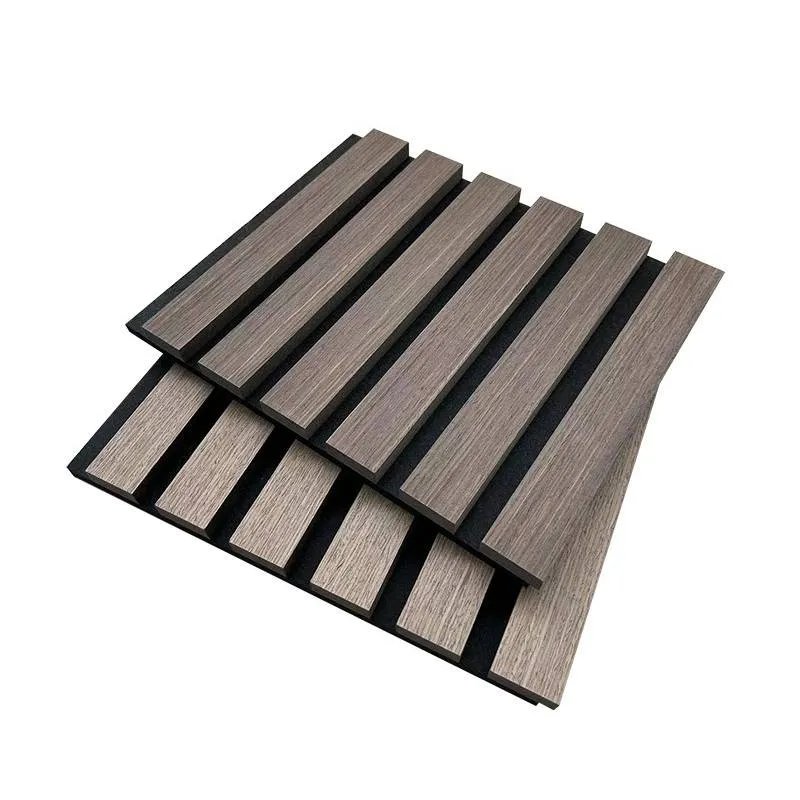Understanding Sound Reduction Panels Enhancing Acoustic Comfort
In an increasingly noisy world, sound reduction panels have emerged as an essential solution for environments seeking to minimize unwanted noise and improve acoustic comfort. These panels are designed to absorb sound waves, reducing echoes and reverberations within a space, thereby creating a more pleasant auditory experience.
Sound reduction panels are commonly used in various settings, such as homes, offices, studios, and public venues. They come in different materials, shapes, and sizes, each engineered to target specific frequency ranges of sound. The most widely used materials include foam, fabric-wrapped fiberglass, and mineral wool, which are effective in dampening sound due to their porous structures. These materials are often coupled with aesthetic designs, ensuring that functionality does not compromise style.
One of the primary benefits of sound reduction panels is their ability to enhance speech intelligibility. In environments such as conference rooms or classrooms, excessive noise can hinder communication, making it difficult for individuals to hear and understand each other. By installing sound panels, organizations can foster a more conducive environment for collaboration and learning. Improved acoustics can lead to higher productivity and a more efficient workflow, demonstrating the tangible benefits of investing in quality sound reduction solutions.
sound reduction panels

Furthermore, sound reduction panels play a critical role in enhancing privacy. In office settings, for instance, the conversations and sounds from one area can bleed into another, leading to distractions and potential breaches of confidentiality. By strategically placing panels, businesses can create acoustic barriers that diminish sound transfer between spaces, ensuring a more private and focused workplace.
Moreover, sound panels contribute significantly to the overall well-being of individuals. Studies have shown that excessive noise exposure can lead to stress, fatigue, and decreased concentration. In residential settings, sound panels can mitigate disturbances from outside sources such as traffic, construction, or loud neighbors, creating a more serene living environment. This can be particularly beneficial in urban areas, where noise pollution is a common concern.
Installation of sound reduction panels is a straightforward process, often involving adhesive backing or mounting brackets. Depending on the room's design and the desired aesthetic, panels can be arranged in various patterns and configurations. For those looking for a DIY approach, there are numerous kits available on the market, making it accessible for homeowners to improve their living spaces.
In conclusion, sound reduction panels offer significant advantages for individuals and organizations alike. By effectively managing sound and enhancing acoustics, these panels not only improve communication and privacy but also promote overall well-being. With a variety of options available, it’s now easier than ever to find the perfect sound reduction solution tailored to any environment. Whether it's a bustling office or a quiet home, sound reduction panels are an investment in creating a more harmonious and productive space. As we continue to navigate a world filled with noise, embracing these innovative solutions can lead to a more comfortable and enjoyable auditory experience for everyone.
